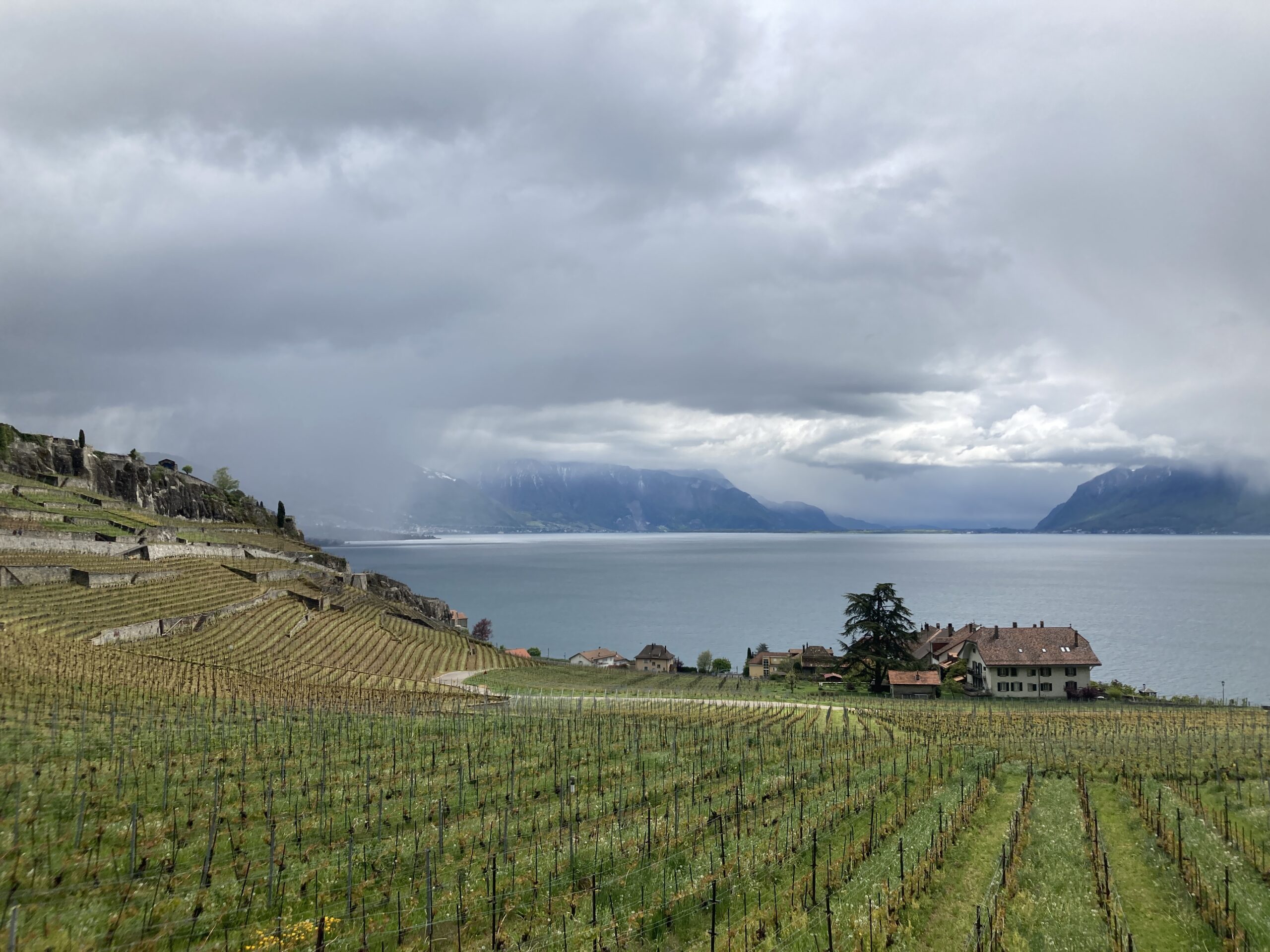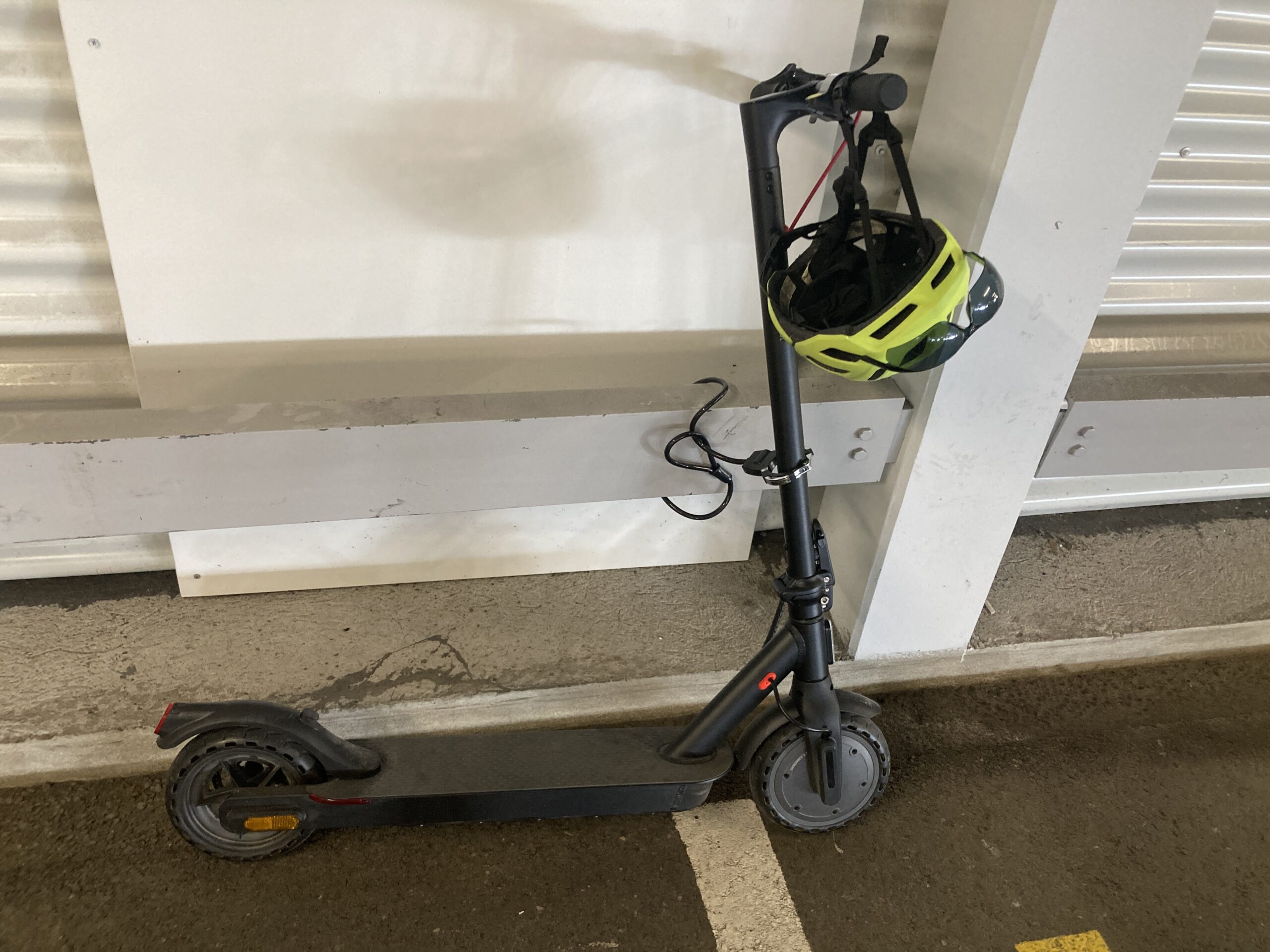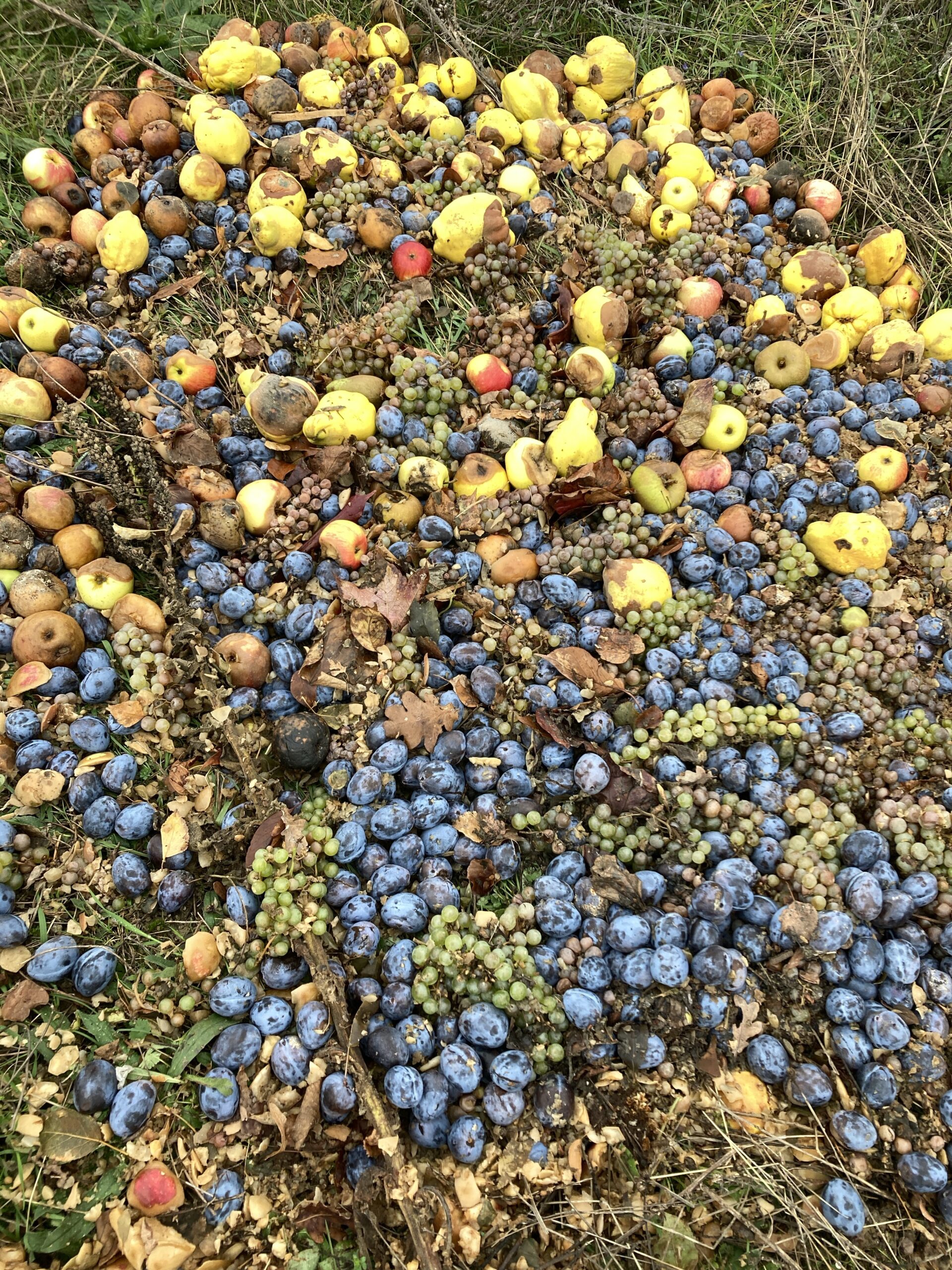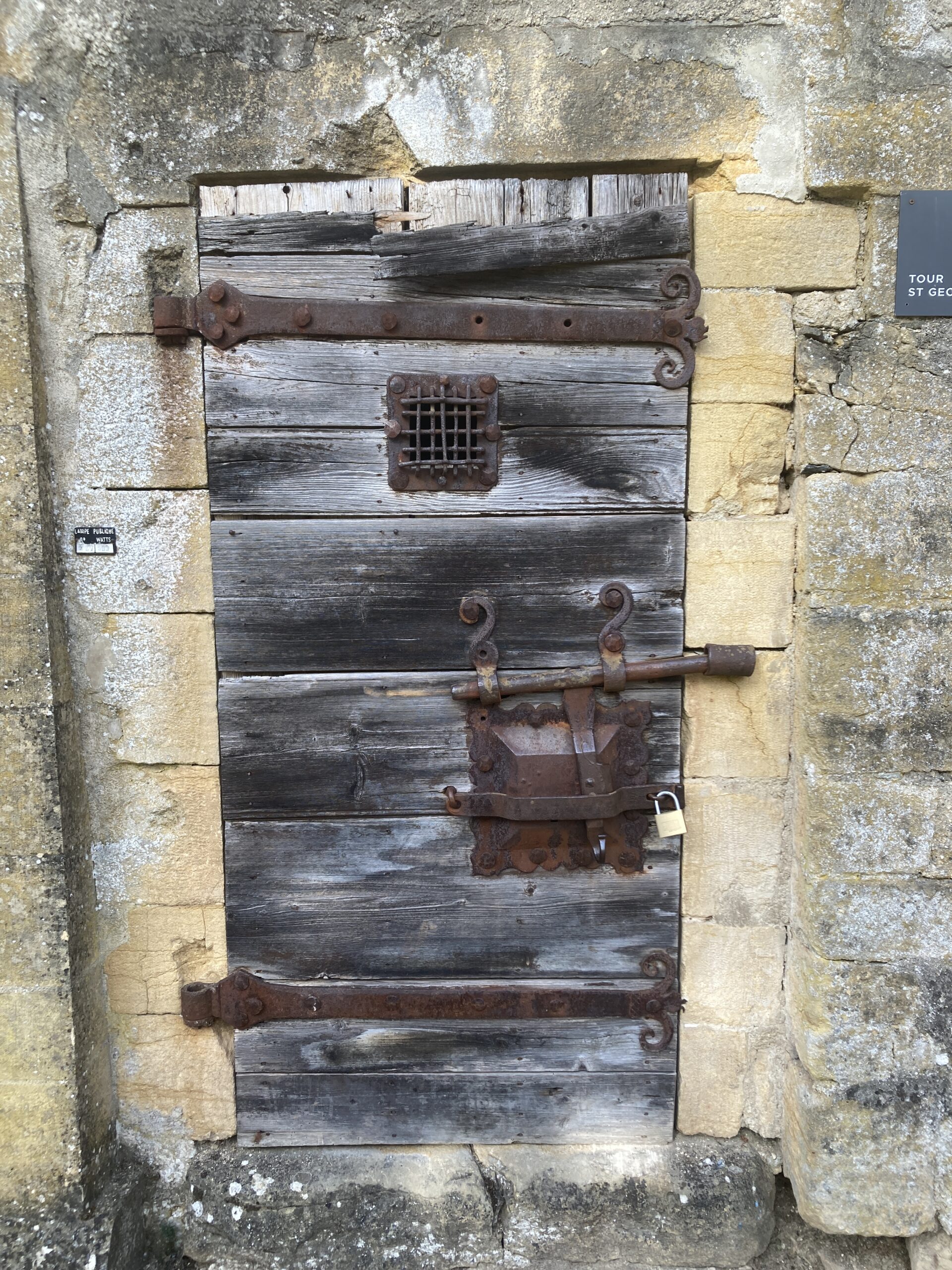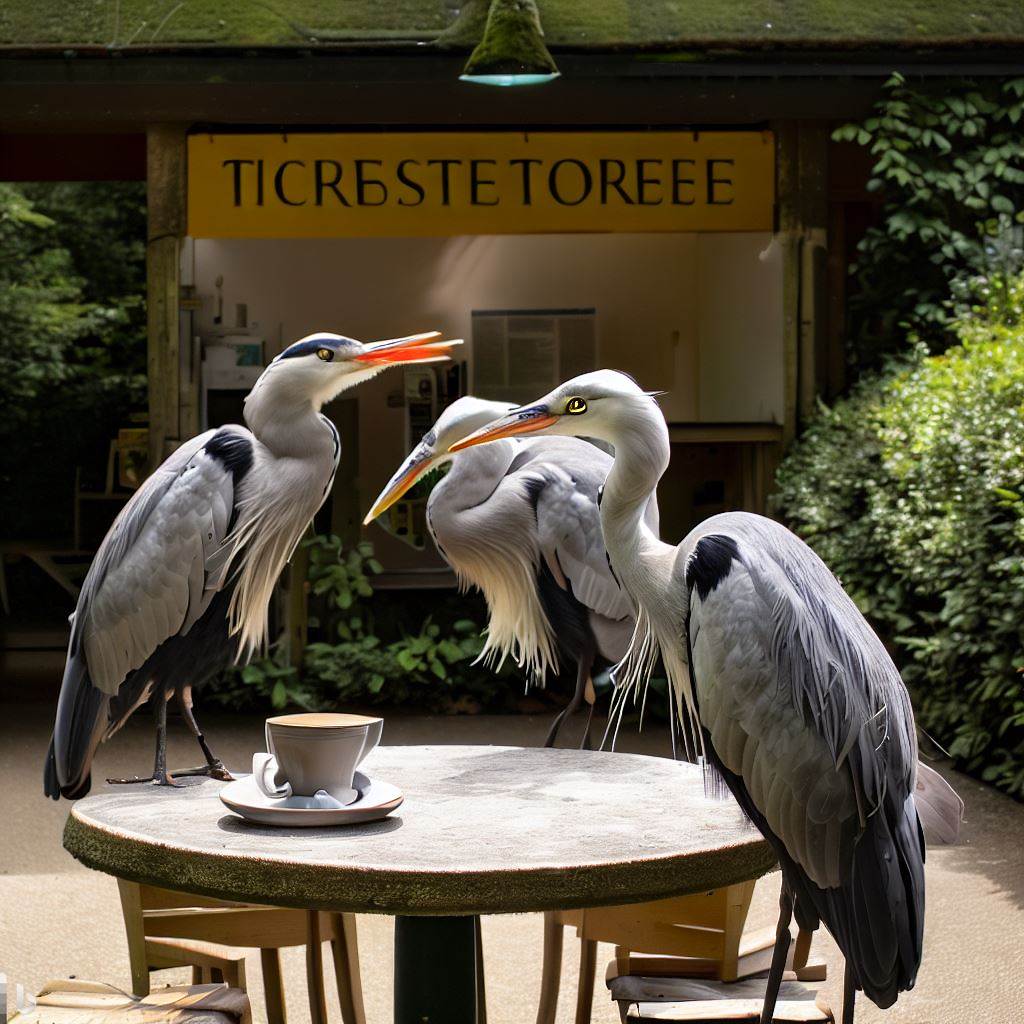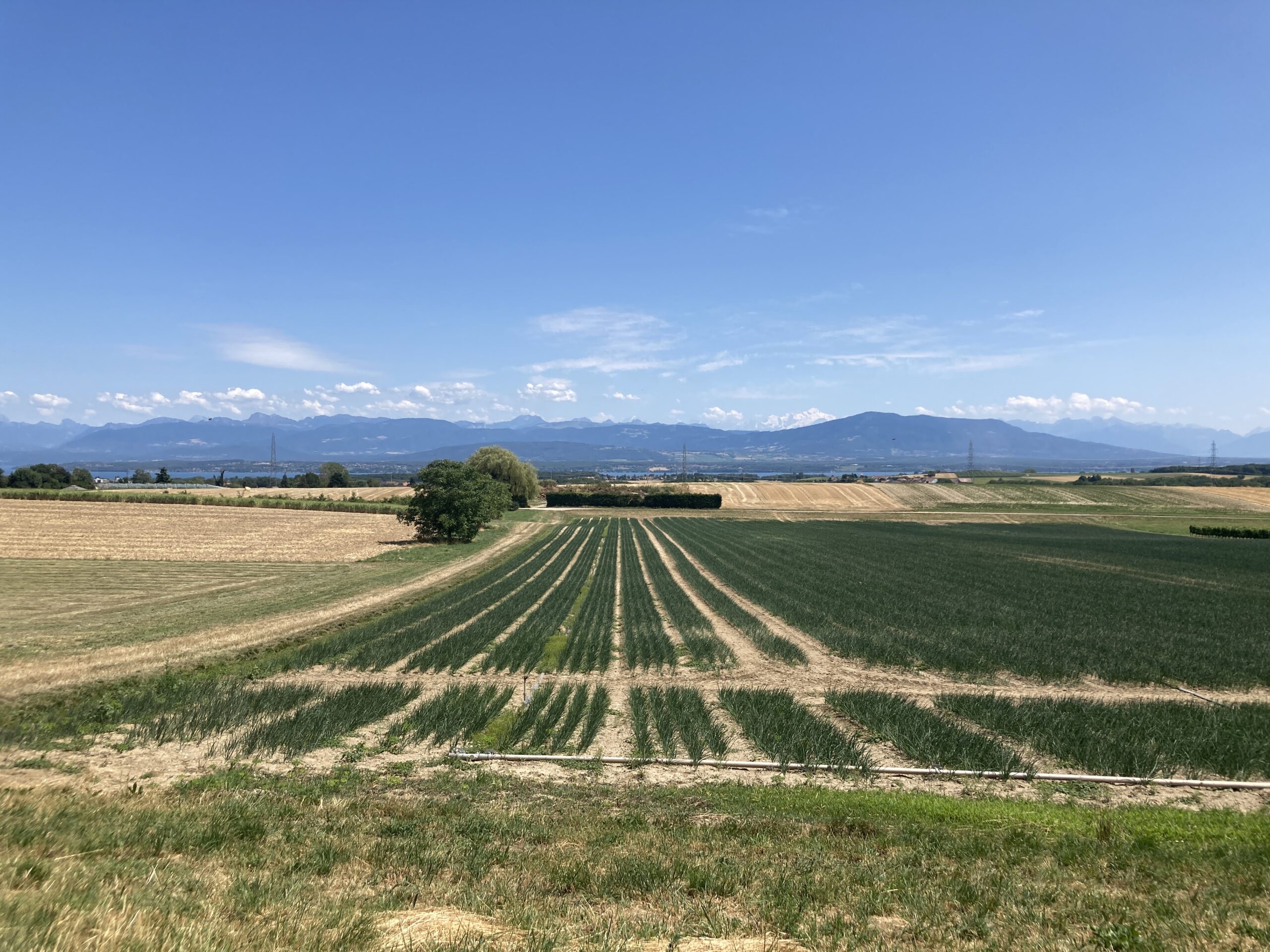Tag: environmental
-
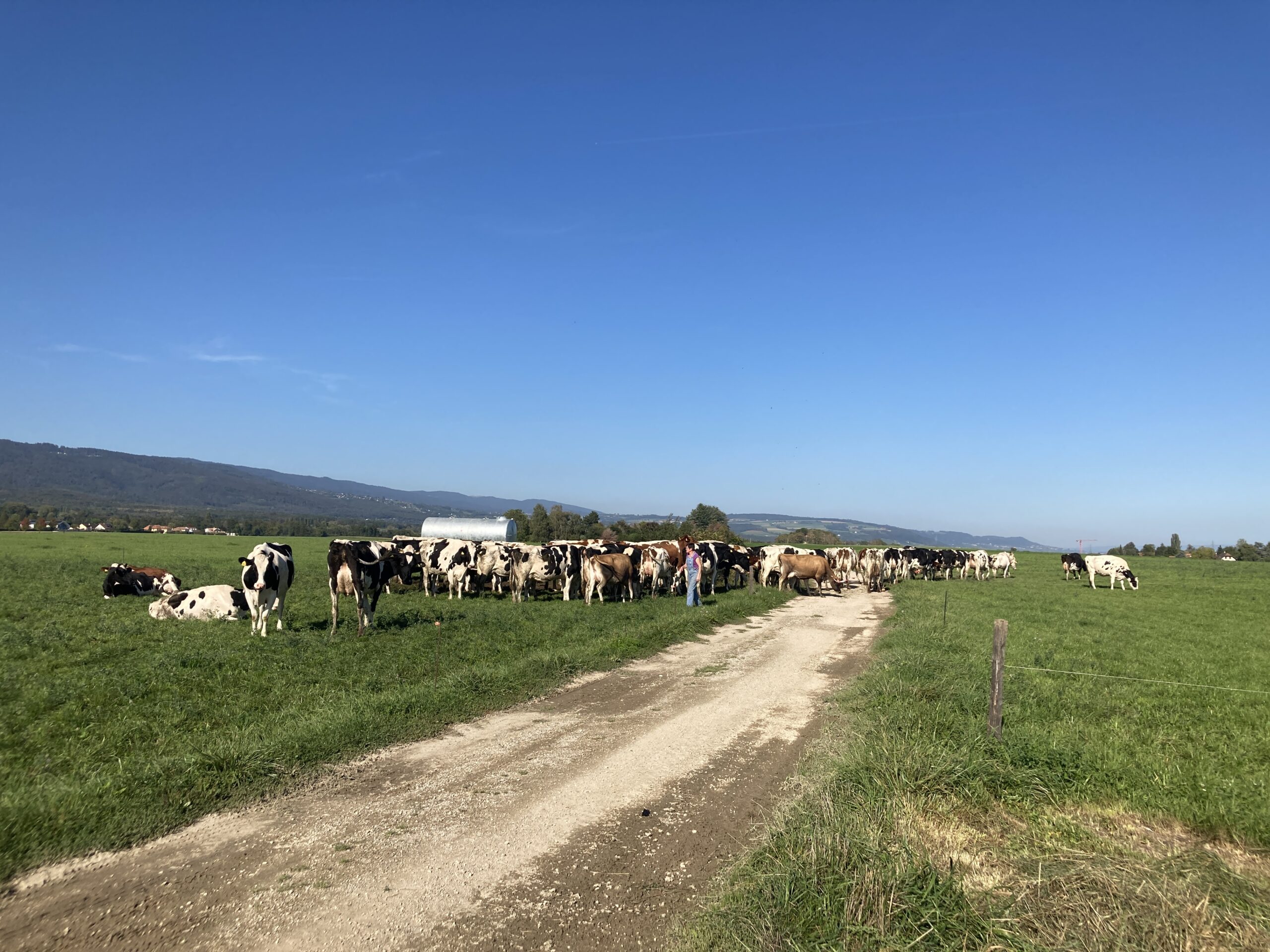
Fourty Five Days with the Cloudneo
Reading Time: 4 minutesIntro On Cloudneo are shoes that you rent, rather than own. They are designed for running but you can also use them for walking. They are designed for dry, warm weather, rather than wet. They are designed to last from three months to six months depending on how quickly you wear them…
-
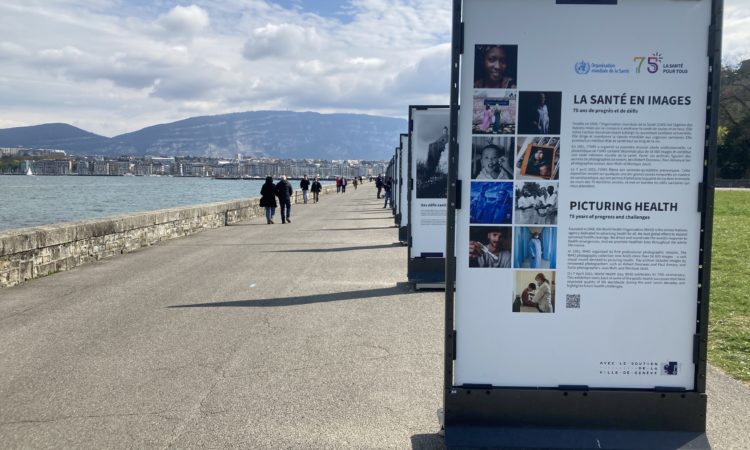
The Extended Bike Ride
Reading Time: 3 minutesMy usual loop is around 30 kilometres but for the last two bike rides I have extended them, to reach 50-60 kilometres respectively. I cover this distance in about two, to two and a half, hours. Cycling is good at the moment because plenty of people are on holidays so the roads…
-
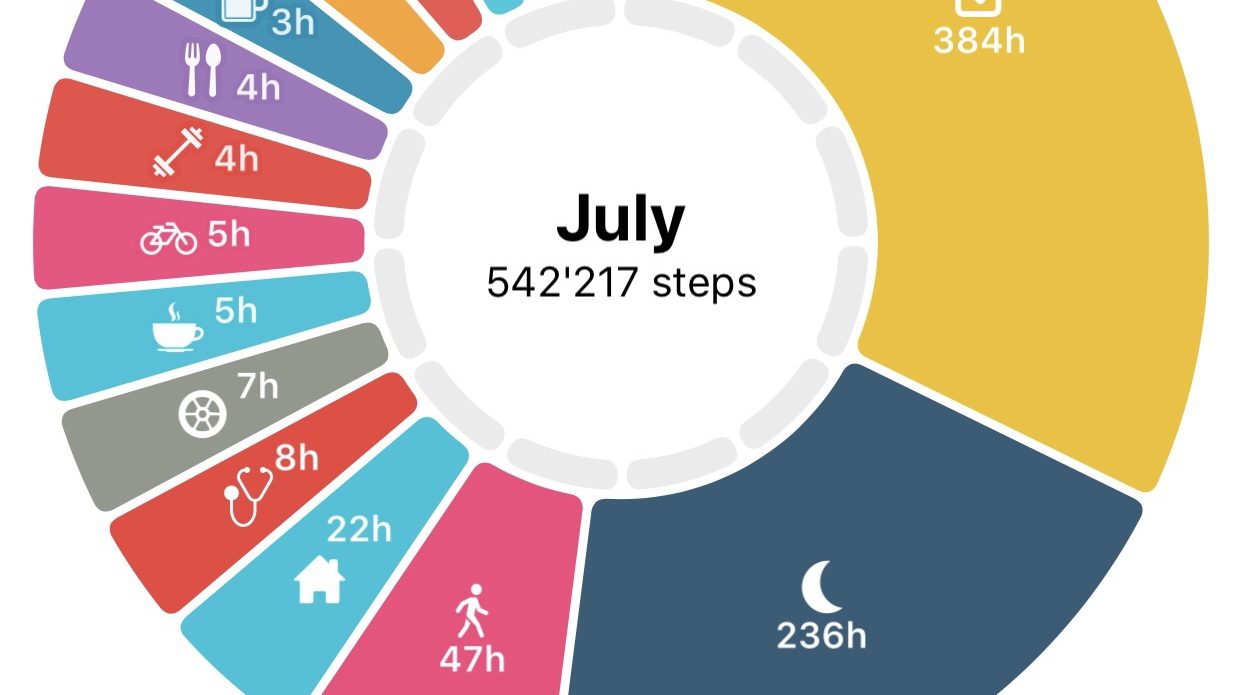
Half a Million Steps in July
Reading Time: 3 minutesIn July this year I took half a million steps as I was banned from driving. I’m using that phrase for comedic effect. As I had one arm in a sling driving was out of the question for a few weeks and then it was out of the question because my tendons…
